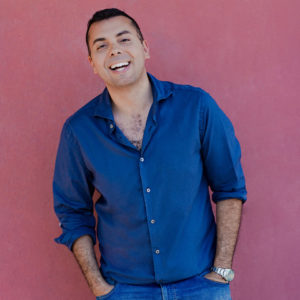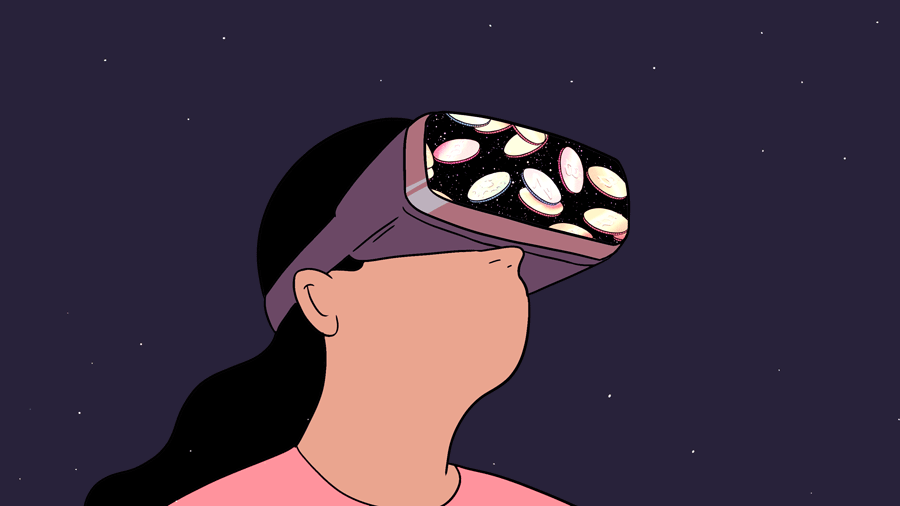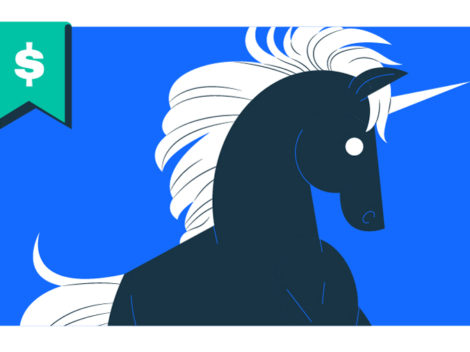Fans usually travel from all over the globe to experience the Australian Open (AO), but with the third year of the pandemic continuing to limit travel and spending, event planners decided it was time to speed up their introduction to the metaverse, and the world’s ability to watch and participate virtually in the tennis tournament.
As the world’s first major crypto-embracing event, it’s launching a popular trend.
AO partnered with Decentraland, a 3D virtual world platform that grants the ability for anyone with desktop internet access to visit the Open and Melbourne Park, exploring 3D versions of the Grand Slam Stadium, Rod Laver Arena, and more.
Search less. Close more.
Grow your revenue with all-in-one prospecting solutions powered by the leader in private-company data.
For the sporting event that took place January 17-30, virtual attendees got access to exclusive content, including virtual meet-ups with players and behind-the-scenes footage from over 300 cameras around the park.
The Australian Open also partnered with Sweet.io, alongside local and international artists to create NFTs, including 6,776 AO Art Ball NFTs.
Each ball tracked match metadata and was linked to a 19cm x 19cm section on a tennis court. Should a winning shot from one of the tournament’s 400+ matches land on that space, the metadata was updated in real-time to include match highlights and statistics while rewarding the owner of that corresponding NFT with bonus material.

When one of the 11 championship points landed on the plot, the owner of the connected NFT was rewarded with a physical ball used in the game, in a specially handcrafted case.
“The AO has made it a habit to unveil world firsts and this year is no different. We’re sharing the story of the Australian Open through the decades with NFTs,” Tennis Australia’s Metaverse and NFT project manager, Ridley Plummer, said in a statement.
The Art Ball Collection sold out in three minutes following the public drop with a price floor of 0.26 ETH (around $875) and a trading volume of 223 ETH ($751,287), according to Plummer and Cointelegraph, but buyers can still purchase some fixed price AO NFTs on the sweet.io marketplace.
The Hungry Foundation, in funding partnership with Parkpine Capital, purchased collectible NFTs from the Art Ball Collection and will be auctioning them off before the 2023 Open on a new NFT marketplace, NFTPot.co, launching in Spring 2022. The marketplace will house multiple lifestyle event-based NFTs; all sales will include a donation of 50 percent of profits to causes, including improving access to tech education, healthcare, food, and shelter.
Other next-gen highlights
Being able to own moments through NFTs is a unique way to experience events and have a personalized sense of connection and ownership. It is a futuristic way to pass that moment to next generations as your grandparents have with photos, with an added monetary value.
Additionally, the Open launched Action Audio, a new technology that will help individuals that rely on sound to experience the tournament. It is being tested for the first time at this year’s event and uses a fully-equipped tennis court that has around 12 cameras collecting data around 50 times a second. Action Audio’s technology converts the data into 3-D sound — a process that takes less than a second — allowing it to be broadcast alongside live radio commentary.
The metaverse, NFTs, and Action Audio are providing an amplified experience to people that cannot witness the beloved event in-person. The virtual world allows people to connect with others around the world and makes global participation actually happen. A 6-year-old child in Africa without a passport can attend and participate. This isn’t just historical for its community impact but realistically needed if events plan to continue.
Last year’s Australian Open faced a range of challenges, including a historically low number of on-site spectators and lockdown restrictions as well. Event organizers knew that partnering with Decentraland and Sweet.io in 2022 was the best call, as Tennis Australia reported in its 2020-2021 annual report that they sustained a net loss of more than $100 million.
Although the event didn’t seem to have had a drop in sponsorship, we’ll have to wait to see how the metaverse and NFTs will impact earnings, especially since the total prize money for the 2022 tournament holds strong at AUD $75 million or around USD $53.6 million.
With major players like Decentraland, SandBox, and Wilder World, and planned events like the Metaverse Day 2022, the Australian Open is just the first in a growing community.
Major NFT announcements include Coachella selling lifetime NFT passes and Disney’s NFT Golden Moments collection, featuring golden statues of characters from Disney.
The NFT economy is currently worth an estimated $40 billion. Given that, I conservatively predict that the crypto market will appreciate by at least 5x by 2025, growing to be worth close to $200 billion in just a few years, and soon all of us will share a moment in time that we will cherish forever.
Ahmed Shabana is an entrepreneur, VC, and crypto-expert who has written articles for Crunchbase News, Forbes, and Entrepreneur. His most recent article was published in Fast Company, “Why Hollywood is suddenly embracing the blockchain, crypto, and NFTs.” He has also been featured as a crypto and blockchain expert on Cheddar, Coindesk, and Money Magazine.
Illustration: Li-Anne Dias.

Stay up to date with recent funding rounds, acquisitions, and more with the Crunchbase Daily.






67.1K Followers